FILTRATION SYSTEM
3P HYDROSYSTEM MICROPLASTICS
For artificial turf pitches.
For retention of plastic pellets.
PLANNING CERTAINTY THROUGH APPROVALS
EXTRACTION VIA
DWA-A 138
EXTRACTION VIA
DWA-A 102
EXTRACTION VIA
DWA-M 153
TESTED IN THE
FIELD TEST
TENDER SPECIFICATIONS &
DRAWINGS
Request your
tender texts and
drawings!
PLANNING TOOLS
Individual, needs-oriented &
up-to-date information
BIM DATA
Building information modeling
(Building Information Modelling, BIM) for
the provision of 3D and 2D data,
tender texts and other
information for your construction projects.
YOU NEED PROFESSIONAL
SUPPORT OR
HAVE QUESTIONS FOR US?
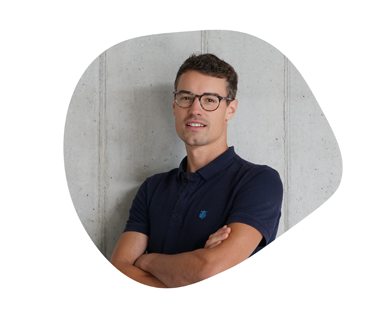
Jonas Bitterling, M. Eng.
Project Engineer
Tel +49 (0) 7334 92460-12
Mail bitterling@3ptechnik.de

Daniel Betschner,
Master Professional of
Technical Management (CCI)
Project Engineer
Tel +49 (0) 7334 92460-32
Mail betschner@3ptechnik.de
REFERENCES
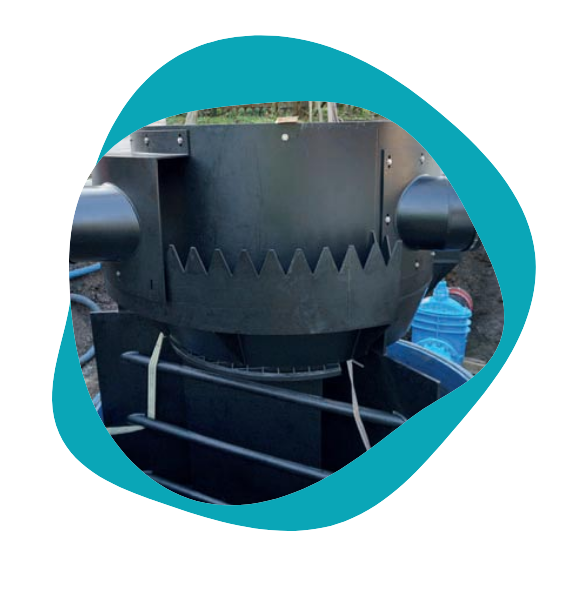
CITY OF COLOGNE
SPORTS VENUE
FUNCTIONAL PRINCIPLE
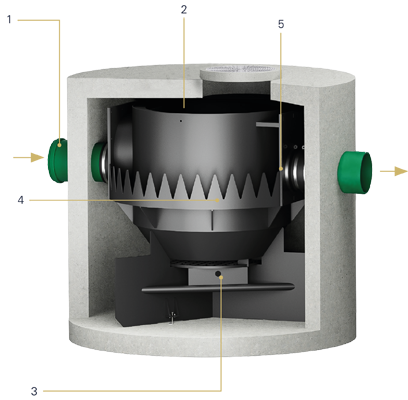
①
The water flows in tangentially in the middle of the hydrodynamic separator.
②
Solids settle to the bottom, floating matter remains on the water surface.
③
The solids are collected in the sludge trap, which is hydraulically separated from the treatment chamber by flow breakers and a grating to prevent remobilization.
④
The water rises evenly up the side walls.
⑤
The purified water is collected in an annular chamber via a serrated weir and then transported to the outlet.
⑥
The water runs off.
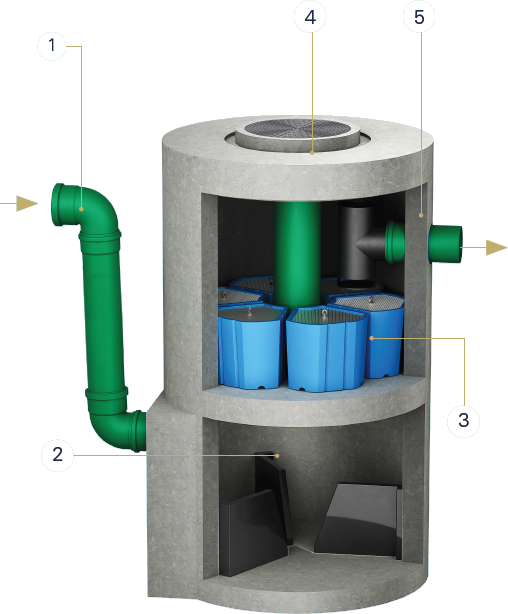
①
The stormwater from the area to be drained is discharged at the lower end of the shaft. The deflection aid deflects the water tangentially.
②
These are collected via an opening in the lower part of the manhole in a sludge trap with flow breakers under the system. The sludge trap is vacuumed out at intervals.
③
There are six filter elements in the middle of the manhole. These are used to filter the fines in an upflow process and a large proportion of the dissolved pollutants are precipitated and adsorbed. The filter can be backwashed from above and can be easily replaced if it becomes completely clogged.
④
The filter elements can be easily removed via the existing shaft opening.
⑤
The clean water is located above the filter elements. It passes through an oil barrier and then flows via the drain into the seepage system or a surface water body.
HYDROSYSTEM MICROPLASTICS
EFFECTIVE IN COMBINATION
The combination of a Hydroshark with a filter system from the 3P product range is ideal for removing microplastics from the runoff from sports fields and artificial turf pitches.
In the 3P Hydroshark sedimentation system as the first stage, a large proportion of the filterable solids and thus the microplastic particles are already removed. As a 2nd stage, 3P Hydrosystems can be used to retain finer microplastic particles and dissolved pollutants.
The existing pipes can be retained when retrofitting an artificial turf pitch, for example, and the cleaning unit is simply integrated into the existing pipe network. In this way, all new challenges can be met with minimal effort and without significant intervention in the periphery, and the pitches can continue to be used and played on with their complete longevity.
The connected area determines the required size of the treatment plants.
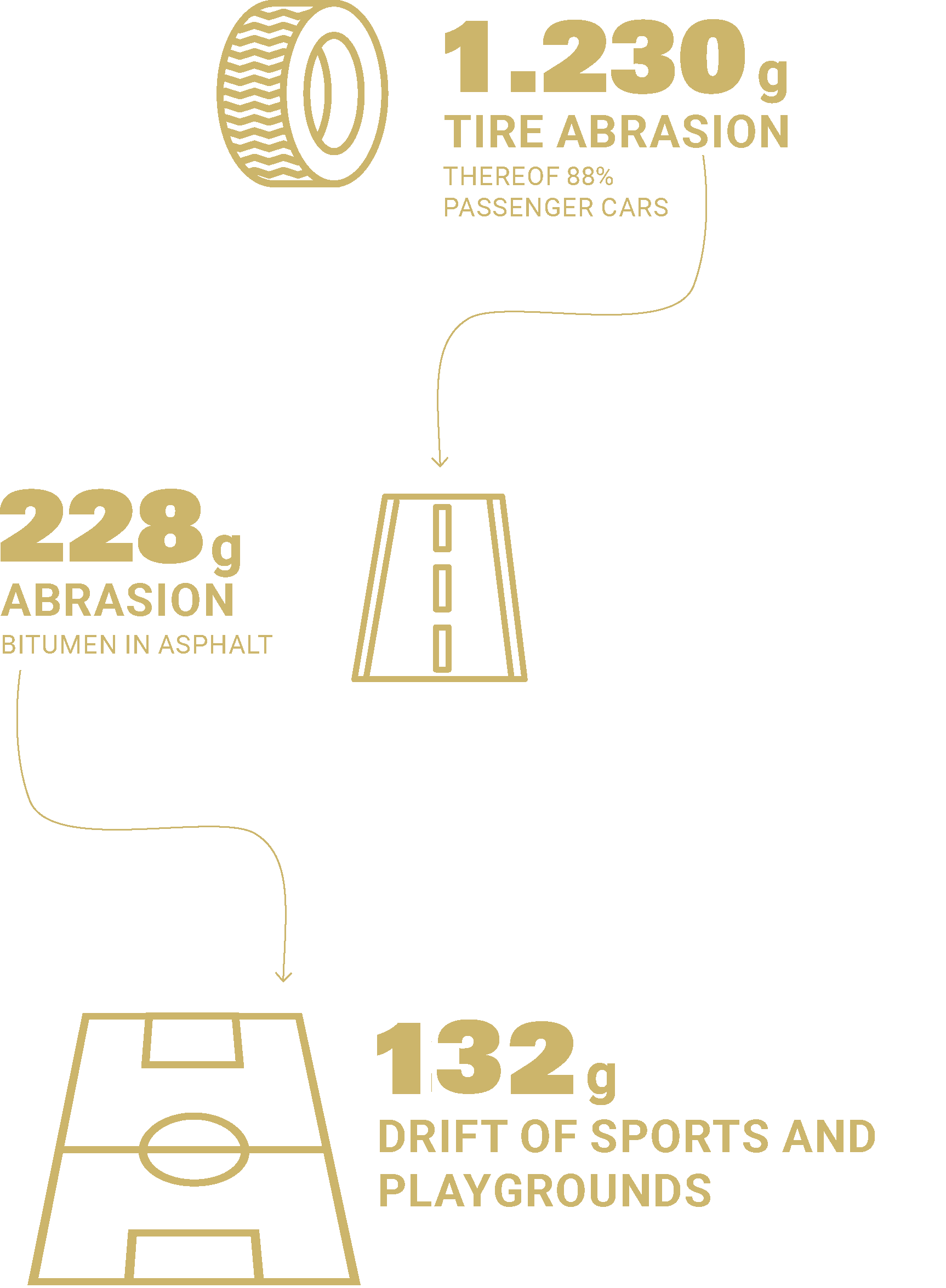
Three important sources – Annual,
amount released per person in grams.
Source: Fraunhofer UMSICHT 2018;
own representation.
High efficiency for contaminated stormwater.
Effective cleaning performance thanks to two-stage
sedimentation and filtration principle.
Easy retrofitting due to low height offset.
Easy control and maintenance.
